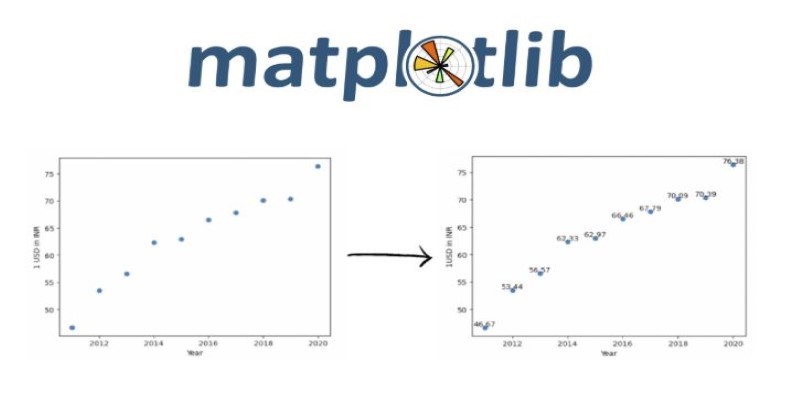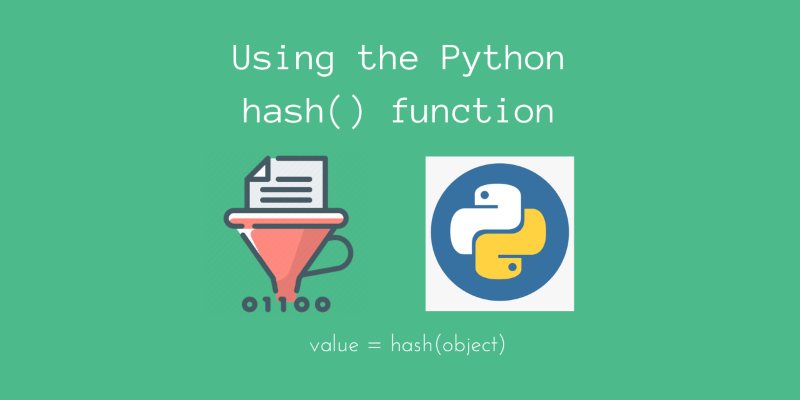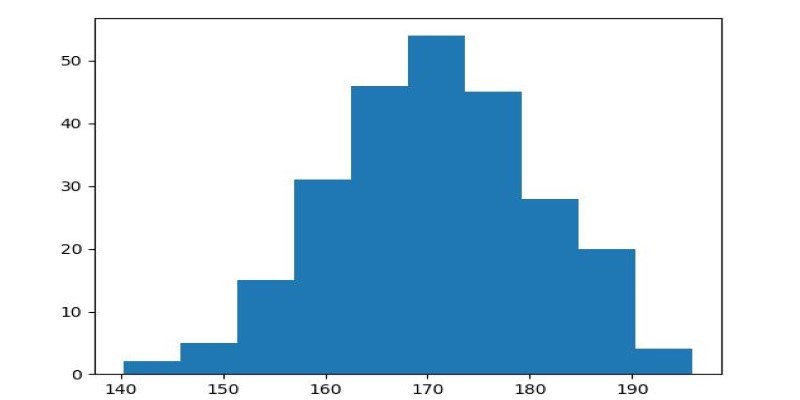Advertisement
Ever tried to carry two bags in one hand? You hold both handles together and walk. That’s kind of what Python’s zip() does. It takes two or more sequences and holds their elements together, pairing them one by one into a single structure. Simple? Yes. Useful? Very. In Python, this tiny function quietly does a lot of heavy lifting—joining lists, combining data, and making iteration easier.
Whether you're syncing multiple datasets or creating quick tuples, zip() works like a silent assistant in the background. If you’ve ever worked with parallel lists or grouped data, understanding how zip() works can make your code more readable and efficient. Let’s look closely at how zip() behaves and the different ways you can use it in real code.
The core idea of zip() is to combine multiple iterables into one. Here's the basic format:
python
CopyEdit
zip(iterable1, iterable2, ...)
It pairs the elements from each iterable based on their positions. The result is an iterator of tuples.
Here’s a basic example:
python
CopyEdit
names = ['Alice', 'Bob', 'Charlie']
scores = [85, 90, 95]
result = zip(names, scores)
print(list(result))
Output:
css
CopyEdit
[('Alice', 85), ('Bob', 90), ('Charlie', 95)]
Each name is matched with a score by position. If the lists are uneven, zip() stops when the shortest list ends.

You’re not limited to two lists. You can use zip() with three or more sequences.
python
CopyEdit
names = ['Tom', 'Jerry', 'Spike']
ages = [5, 4, 6]
grades = ['A', 'B', 'A+']
zipped = zip(names, ages, grades)
print(list(zipped))
Output:
css
CopyEdit
[('Tom', 5, 'A'), ('Jerry', 4, 'B'), ('Spike', 6, 'A+')]
It lines them up like rows in a spreadsheet.
zip() shines when looping through paired items.
python
CopyEdit
students = ['Anna', 'Ben', 'Clara']
marks = [88, 92, 79]
for student, mark in zip(students, marks):
print(f'{student} scored {mark}')
This is cleaner than using index tracking with range(len(...)). It reads naturally and avoids index errors.
You can reverse the operation using the unpacking operator *.
python
CopyEdit
pairs = [('A', 1), ('B', 2), ('C', 3)]
letters, numbers = zip(*pairs)
print(letters) # ('A', 'B', 'C')
print(numbers) # (1, 2, 3)
This lets you split the zipped output back into separate sequences. It’s handy when you’ve zipped data for a function or a loop and want to revert it later.
List comprehensions work well with zip() for fast transformations.
python
CopyEdit
a = [1, 2, 3]
b = [4, 5, 6]
sums = [x + y for x, y in zip(a, b)]
print(sums) # [5, 7, 9]
Each pair is processed right inside the comprehension. You can do more than add, subtract, multiply, compare, or even nest them.
If the input lists don’t match in length, zip() stops at the shortest one.
python
CopyEdit
x = [1, 2]
y = [10, 20, 30]
print(list(zip(x, y))) # [(1, 10), (2, 20)]
No error is thrown. It just stops cleanly. If you want to zip to the longest list, you can use itertools.zip_longest.
python
CopyEdit
from itertools import zip_longest
x = [1, 2]
y = [10, 20, 30]
result = list(zip_longest(x, y, fillvalue=0))
print(result)
Output:
css
CopyEdit
[(1, 10), (2, 20), (0, 30)]
This fills missing values with a default you choose.
zip() is often used to build dictionaries quickly.
python
CopyEdit
keys = ['name', 'age', 'city']
values = ['Alice', 30, 'New York']
data = dict(zip(keys, values))
print(data)
Result:
bash
CopyEdit
{'name': 'Alice', 'age': 30, 'city': 'New York'}
This approach is fast and clean. It’s common when parsing CSV headers and row values or structuring API responses.

You can nest zip() calls to handle more layered structures.
python
CopyEdit
x = [1, 2]
y = [3, 4]
z = [5, 6]
grouped = list(zip(zip(x, y), z))
print(grouped)
Output:
css
CopyEdit
[((1, 3), 5), ((2, 4), 6)]
It’s not something you do daily, but it gives flexibility when working with grids, matrix-like data, or grouped logic.
If you want to sort one list and rearrange another based on that order, zip() makes it easy.
python
CopyEdit
students = ['John', 'Emma', 'Kelly']
scores = [75, 90, 85]
combined = list(zip(scores, students))
combined.sort(reverse=True)
sorted_students = [student for score, student in combined]
print(sorted_students) # ['Emma', 'Kelly', 'John']
This pattern is often used when aligning scores, rankings, or priorities with labels or names.
You can combine zip() with filter() or conditionals for pairing, grouping, and efficiently screening structured or labeled data elements.
python
CopyEdit
names = ['Amy', 'Brian', 'Cathy']
status = [True, False, True]
present = [name for name, is_present in zip(names, status) if is_present]
print(present) # ['Amy', 'Cathy']
It's great when tagging data for reports, filtering output, preparing summaries, or selecting items based on a mask.
Python’s zip() is one of those tools that feels almost invisible—but it saves lines, simplifies logic, and keeps code tidy. It doesn’t need loops inside loops or manual indexing. Whether you're pairing data, building dictionaries, syncing lists, or filtering information, zip() helps keep the structure tight and clear. Once you get used to it, you’ll start reaching for it automatically whenever you need to link up data from multiple places. It may not be flashy, but it's reliable, readable, and saves more time than you'd think. Mastering zip() is less about memorizing syntax and more about recognizing moments where it's the cleanest solution. Keep an eye out for those moments. They show up often.
Advertisement

Oyster, a global hiring platform, takes a cautious approach to AI, prioritizing ethics, fairness, and human oversight

Looking for the best AI resume builders? Check out these 10 free tools that help you craft professional resumes that stand out and get noticed by employers

Explore effective ways for scatter plot visualization in Python using matplotlib. Learn to enhance your plots with color, size, labels, transparency, and 3D features for better data insights

Learn how logic gates work, from basic Boolean logic to hands-on implementation in Python. This guide simplifies core concepts and walks through real-world examples in code

Discover multilingual LLMs: how they handle 100+ languages, code-switching and 10 other things you need to know.

Learn how sorting lists in Python using sort() can help organize data easily. This beginner-friendly guide covers syntax, examples, and practical tips using the Python sort method

Learn 8 effective methods to add new keys to a dictionary in Python, from square brackets and update() to setdefault(), loops, and defaultdict

How to use Matplotlib.pyplot.hist() in Python to create clean, customizable histograms. This guide explains bins, styles, and tips for better Python histogram plots

Learn how AI parameters impact model performance and how to optimize them for better accuracy, efficiency, and generalization

Learn how to convert strings to JSON objects using tools like JSON.parse(), json.loads(), JsonConvert, and more across 11 popular programming languages

Create user personas for ChatGPT to improve AI responses, boost engagement, and tailor content to your audience.

How to create an AI voice cover using Covers.ai with this simple step-by-step guide. From uploading audio to selecting a voice and exporting your track, everything is covered in detail